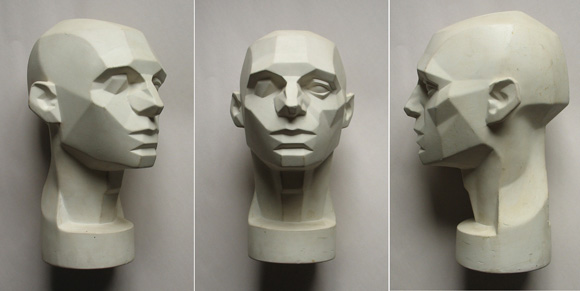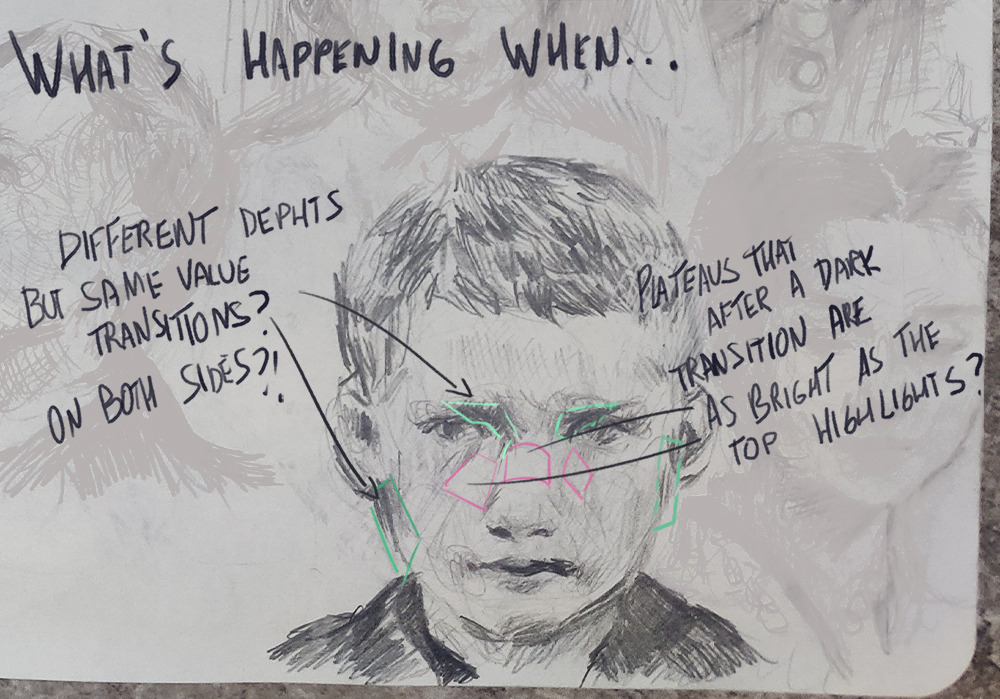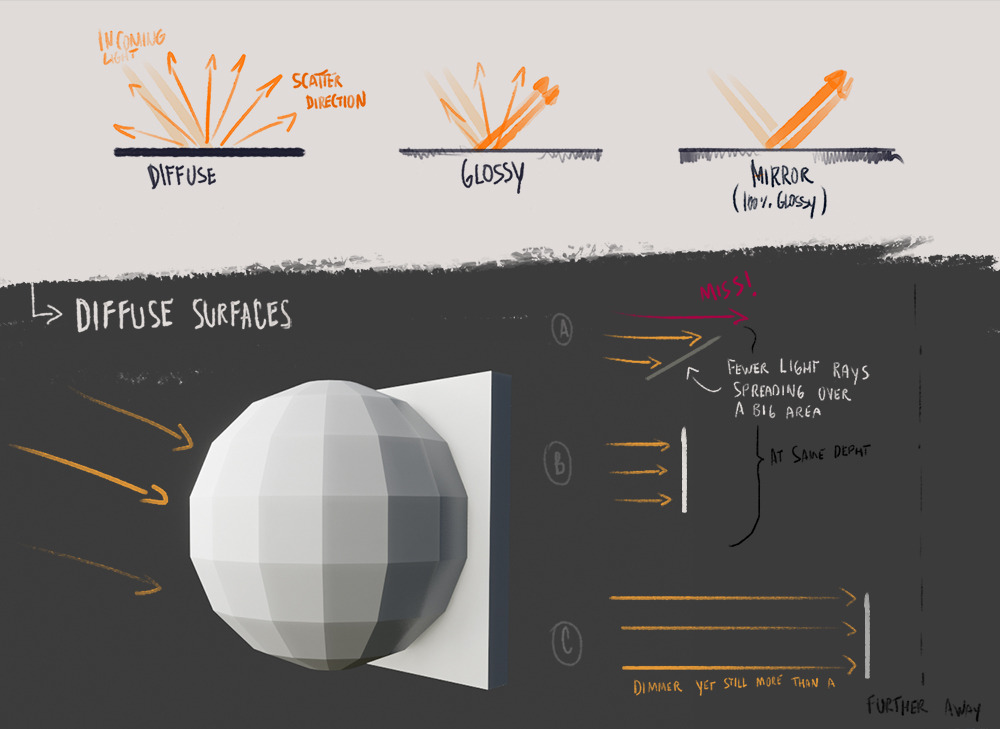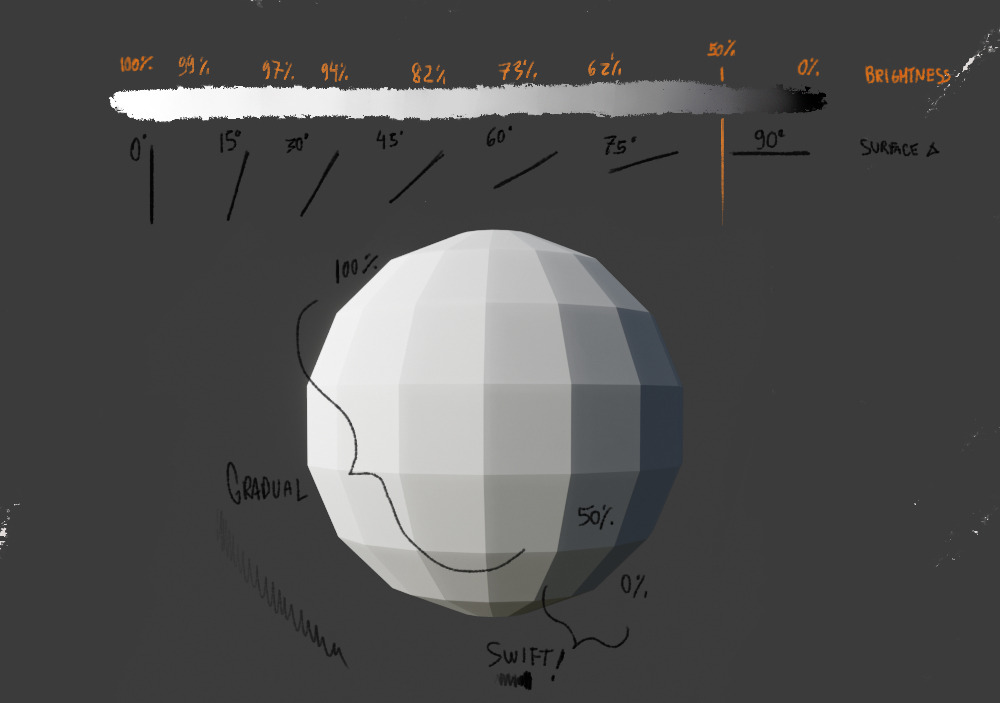I'm so glad you all liked it, the nice messages seriously made my day! I'm happy it looks useful too and would love to hear about your own tricks and methods.
@Mirasol A3? That must have taken some time! I really like the texture of the clouds, and went all


when spotted the dragon.
I didn't know this comic before but I'm checking it out and loving the humor. Thanks for the binging material!
And I hope the skull thing helps you in the exam instead of making things more confusing.

My S.O was a gallery artist ("I'm better now"  ) and knows more about human anatomy than I do, and I'm a biologist. (Okay, I'm an invertebrate biologist, but I did take, and sometimes teach, vertebrate anatomy.) My cousin is also an artist. Both learned a lot of anatomy on the way to understanding how to draw people. Knowing how the various muscle attach and work together is invaluable.
) and knows more about human anatomy than I do, and I'm a biologist. (Okay, I'm an invertebrate biologist, but I did take, and sometimes teach, vertebrate anatomy.) My cousin is also an artist. Both learned a lot of anatomy on the way to understanding how to draw people. Knowing how the various muscle attach and work together is invaluable.
VulpesCan relate, I'm learning a lot of anatomy I wouldn't otherwise. I saw a CT of someone opening their mouth last week and would have never imagined that's how jaws work. It's so cool and creepy I have to use it in something now, haha.
And yeah, like you I tend to avoid using other "nice" things too in an attempt to preserve them. Preserve for
what is a good question.

@Songbird, thank you for the detailed, warm, personal and incredibly useful comment. Even if I don't know you, it gave me real joy to read about you reaching a place where your art is a more positive and easygoing experience in your life, it's just so genuinely good to see. Love that when it happens for anyone.
I've also learned a lot that I can use in my own art - for instance, your method of drawing skulls is new to me and I can see how it does make things easier instantly. Can't wait to try it out! I've kind of always used shading as a guideline when sketching (I never was one of those people who can make neat, clean, line-only drawings, I struggle whenever I need to produce that) so that part makes intuitive sense to me. It's also useful to see how you outline little areas where muscle or fat bulges out on the face and then shade it - I think implementing that will help me branch out of my over-reliance on a few face shapes that I've learned and use excessively. The gifs are incredibly useful overall, I'm grateful to everyone who makes this kind of resource.
I've followed your tumblr! I'm also drawn to places of the internet that have a more pre-social-media vibe, where we can be people in the progress of learning things, goofing around and exploring, rather than a brand that puts out polished, on-brand "content" exclusively. (I used to have an account on the conceptart forums a lifetime ago but I was intimidated by most other artists as they were educated and more skilled than me. I'm self-taught and just not an energetic or competitive person overall, so whatever I do my output tends to be smaller and I can't get the benefits that naturally come with churning out hundreds of sketches a month like others do... but well, I won't complain as a response to such an uplifting post lmao)
Anyway, thank you again for taking the time to give such a great response, it was a joy to read and very helpful!
Sc0utGlad to be of help, and.... Are we secretly the same person?
I also found it intimidating and spent most time visiting other sketchbooks, but I don't regret having created one no matter how not-one-of-the-pros I did feel. People were helpful and thoughtful even if sometimes the advice didn't click, I made some friends and it was awesome to have one of my favorite artists unexpectedly dropping by my sketchbook and doing a paintover. I'm also self-taught (with a couple of brushes with formal education) and on the low output end, so can you imagine the shock of suddenly filling a page or more and
looking forward to do more?! Sketching is no longer a chore, it's fun and I guess it shows.
More Art Tips!I've been thinking about what's informing which direction a line should go and values in those sketches when it doesn't save my ass by salvaging a drawing that's been hurling into the wrong direction, turning it into something satisfying to look at. These bits of knowledge likely aren't new for some of you but they might be shown in a different light that makes more sense. It's worth mentioning I first researched these when I painted thus they're helpful in every medium *makes a rainbow with hands*. I hope they're of as much use to you as they're for me.
The badly-worded synopsis: A sculpture from 45 years ago and a mathematical formula.
John Asaro's Planes of the HeadI hold this close to my heart and will vouch for it until my dying day!
 Thread w/ link to download photos from all angles.
Thread w/ link to download photos from all angles.
Official site with merch and stuff.I came across this at a time I realized I liked certain volumes and transitions in faces but lacked a way to pinpoint what was going on. It cemented the concept of understanding changes of direction in surfaces as planes and gave me an initial framework to creepily stare at faces for extended lengths of time in a quest for seeing those planes.
The way this sculpture is simplified into the most basic planes in a side is particularly nice, it shows how to build up volumes gradually without getting caught up in features. By no means it's perfect (there's no universal facial structure after all) and I don't like the way the neck was simplified but it's still a pretty good starting point.
If depicting volumes give you joy and you want to incorporate them in your style this is a nice way of approaching them in
everything. And whether you'll play up the plane breaks or blend them in the loveliest soft transitions is up to your preferred stylistic flavors.
Lambert's Cosine LawOne aspect that mystified me was how sometimes you have a volume or protuberance getting gradually darker followed by a surprisingly bright area—nearly as bright as the things in first plane! Sometimes you'll see deep wrinkles surrounded by darker cheeks and noses and how can they possibly be brighter than the regions closer to the light source?! Sometimes you have a light source slightly to the side but the edge of the cheeks seem equally dark on both sides. How so?

What's happening is that you got light rays missing the surface thanks to their angle. When you get fewer rays forced to cover a big area you end up with a darker region.

Under normal atmospheric conditions the amount of energy lost as the light travels through the air is smaller than the the perceived "loss" caused by steep angles. Light dims at a smaller rate than the distance between these points; things that are farther but perpendicular will receive more light and be brighter even after the loss of energy the incoming rays suffered.
Volume depends on light yet it can be useful to isolate the two for a moment. Think of volume as something created by the fill light: soft ambient light scattered in the air, usually from the sky. The way I go is to pretend there's a soft light in front-top of my subject to determine the volume
then cast light and shadows from actual light sources on top of the initial "volumetric" shading.
I'm not going in depth about specular (glossy) highlights, but it's worth mentioning why they're so bright: They don't scatter as much, allowing more rays to return to your eyes. That's why they're only visible from some angles too.
So now you know why the sides are darker how do you know how dark you should go? That's where
Lambert's formula itself comes in handy. Don't fret, I'm not going to inflict math on you!

Matte objects aren't 100% diffuse but that's a good starting point to get to that volume-dependant shadows going. You don't need to remember the exact moment brightness dims to 50% or sweat over identifying angles (I don't!), simply remember it's not a 1:1 relationship (45º =/= 50% brightness) and that objects or regions away from the lights aren't necessarily darker.
By the way, I should mention I borrowed the light scatter example from
James Gurney's blog (his post is about material finishes instead of using it for volume). His color and light work is phenomenal, making his blog is well-worth a visit.